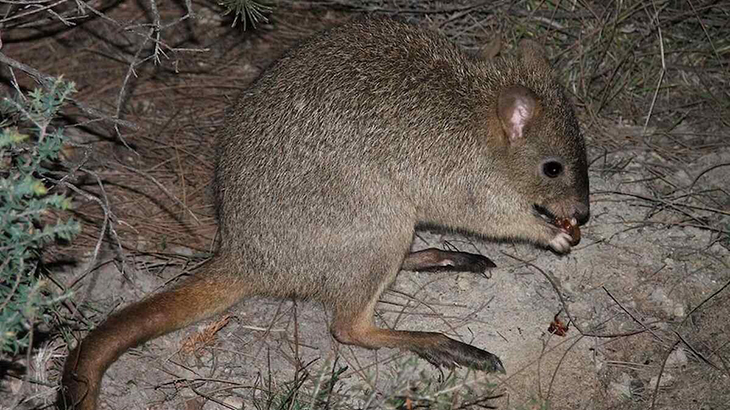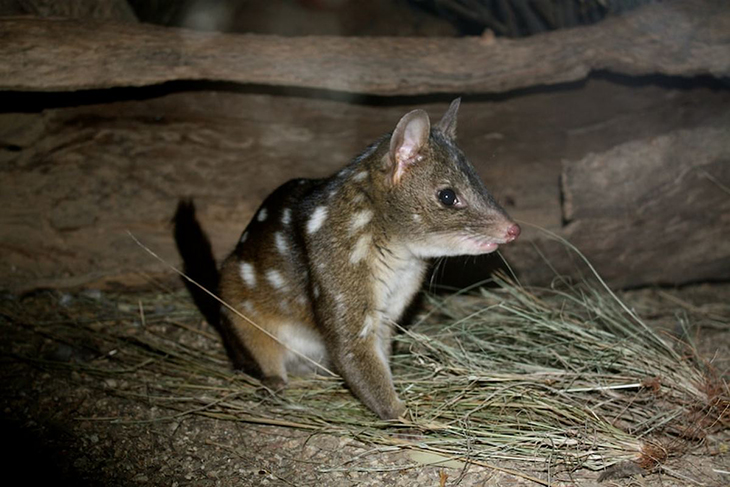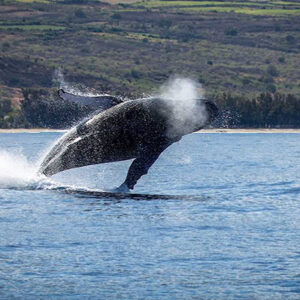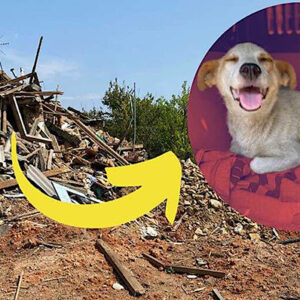
In recent news, a glimmer of hope shines for the critically endangered Australian marsupial, the woylie, as sightings of this elusive creature have reached unprecedented levels.
Australia’s diverse ecosystem harbors numerous small marsupials, many of which have fallen victim to the relentless predation of feral foxes and cats. Among these species, the woylie, a herbivore native to Western Australia, stands as a poignant example of the devastating impact of invasive predators on indigenous wildlife.
However, amidst the challenges faced by the woylie population, a beacon of optimism emerges from a forest landscape located three hours south of Perth. Here, a conservation program spearheaded by the Department of Biodiversity, Conservation, and Attractions of Western Australian has yielded remarkable results, with a record number of woylie sightings reported this year.
The program’s success is underscored by the capture and tagging of 34 woylies with GPS tracking anklets, a stark contrast to the mere two individuals found in the Batalling State Forest throughout the entirety of 2019.
Program coordinator, Ashley Millar, told ABC News Australia, “There are a lot of challenges for our native fauna and flora across Western Australia and Australia due to the threats to biodiversity, but these kinds of results are really promising.”’
Woylies play a pivotal role as native ecosystem engineers, akin to bison in Europe and North America or beavers in North America. These species’ behaviors trigger cascading changes within their habitats, reshaping entire ecosystems.
For woylie, their engineering prowess manifests through their foraging habits, particularly their penchant for digging in search of roots and tubers, with truffles being a favored delicacy. Notably, truffles are not only a culinary delight but also carry economic significance, commanding premium prices in gastronomic circles.

The conservation efforts extend beyond the protection of woylies alone. Integral to the program is the management of wild foxes and cats, introduced to Australia by European settlers and inadvertently disrupting native ecosystems. Ground-dwelling marsupials like the woylie lack the evolutionary adaptions to evade these efficient predators, necessitating active management strategies to prevent overhunting of local wildlife across Australia.
In addition to the encouraging surge in woylie sightings, the Batalling State Forest also harbors a growing population of Western quolls, more commonly known as ‘chuditch.’
Despite their modest size – comparable to that of a raccoon – Western quolls hold the distinction of being Western Australia’s largest carnivorous mammal. Their presence highlights the ecological significance of the conservation efforts, highlighting the interconnectedness of species within Australia’s fragile ecosystems.
What are your thoughts? Please comment below and share this news!
True Activist / Report a typo


